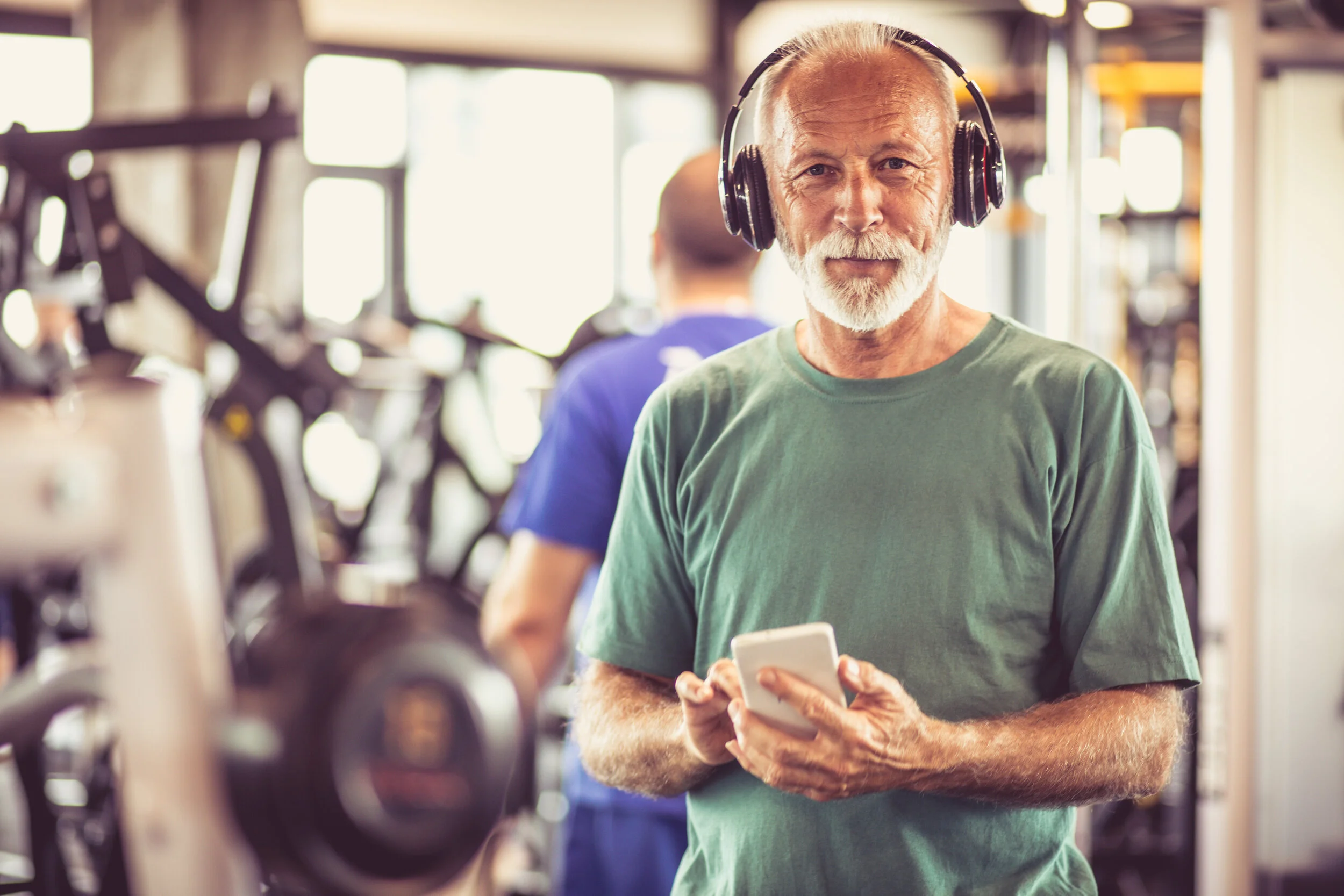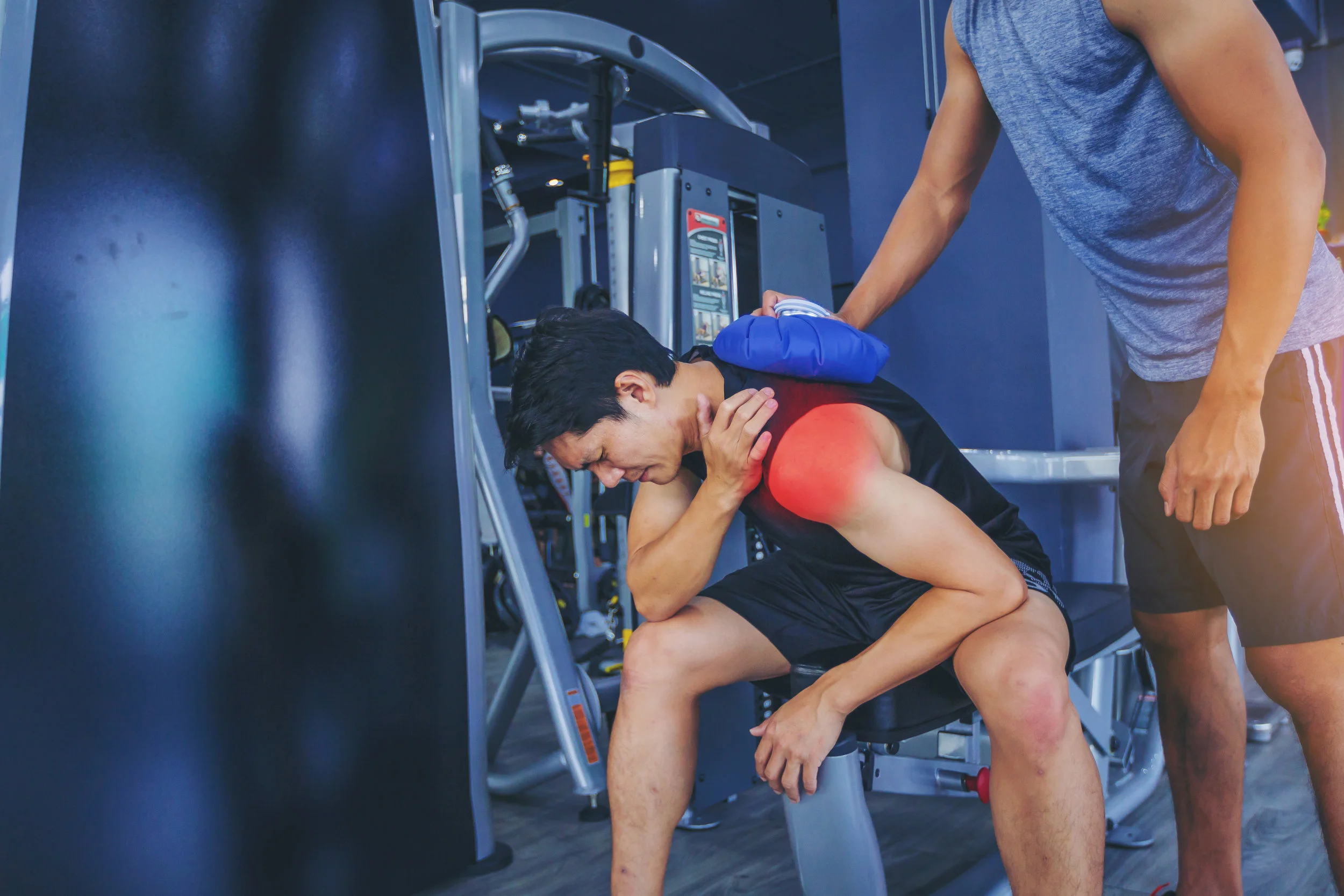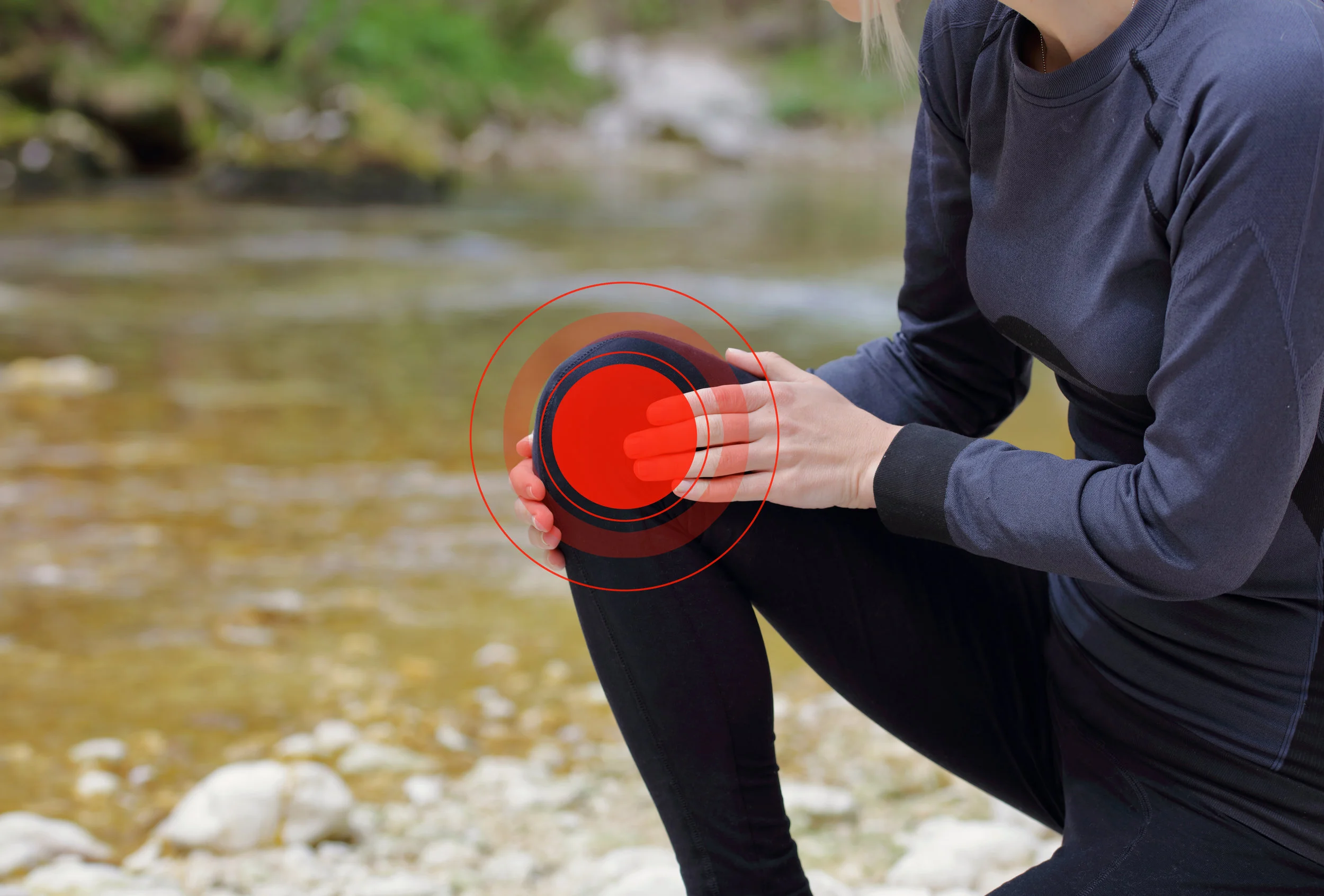How Do You Tell If You Need Rotator Cuff Surgery?
Do You Need Rotator Cuff Surgery?
Today we're going to talk about the rotator cuff, which are the tendons and tissue around your upper arm. You may have heard of the rotator cuff on your favorite sports highlights show, because it's an injury often sustained by baseball pitchers or football quarterbacks, making it an injury that can derail a pro sports team for an entire season.
However, like all sports-related injuries, it's not only the pros that are affected. In fact, you don't have to play sports at all to suffer a rotator cuff tear.
Let's dig a little deeper and give you some information on the rotator cuff injury.
What is the Rotator Cuff?
The rotator cuff is made up of a bunch of muscles and tendons in your shoulder. This particular group connects your upper arm (humerus) to the scapula, which is commonly called the “shoulder blade.” When we talk about the “cuff”, we are talking about the tendons and tissues that form a cuff around your humerus.
For those of you interested in physiology, the muscles that make up the rotator cuff are the Teres Minor, the Infraspinatus, the Supraspinatus, and the Subscapularis. Don’t say I never taught you anything!
What are the symptoms of a rotator cuff tear?
When we address symptoms, we are dealing with a condition that either develops over time or is a result of an immediate injury.
1. Symptoms Resulting From Immediate Injury
A injury to the rotator cuff due to an intense trauma such as a bad fall (or, for all you pro athletes, throwing a baseball) will cause intense pain to the shoulder, combined with weakness in the upper arm. These effects will usually be felt immediately prior to the injury. Needless to say, if this happens, stop doing what you’re doing at once so you don’t exacerbate the injury.
2. Symptoms That Develop Over Time
It is possible to damage your rotator cuff over time due to over-use. I’ve already mentioned baseball players— although they may have an immediate trauma that brings the injury sharply into focus, those who depend on the rotator cuff to help them throw the ball at superhuman speeds will sometimes develop the injury over an extended period of time. This is obviously an extreme example of overuse, but you don't have to be a pro to have this happen.
General Symptoms of a Rotator Cuff Tear
If you have the following problems with your rotator cuff (symptoms), I recommend getting to a doc right away to have your shoulder looked at.
As I mentioned, rotator cuff injuries do tend to be immediate and painful, but here are the symptoms I promised to share:
- Recurrent, consistent pain when you are resting or lying upon your shoulder
- “Cracking” when you move your shoulder
- General weakness of the arm when flexing, lifting, or rotating
What should I expect from rotator cuff surgery?
So you're having surgery and you want to know what's actually going down. Here’s the "watered down" version for you.
We repair the rotator cuff in four major steps. They are:
Removal of the Bursa Sac and the Coaracocoromial Ligament.
Removal of the bone
Removal of the torn rotator cuff
Reattachment of the rotator cuff
For a more fleshed-out explanation, I’m providing a link to an educational video that will take you through these steps visually:
Lifting weights after rotator cuff surgery
So you want to get back into the gym to get yourself back into game shape. We usually recommend that you give it between 3 and 5 months before you resume lifting weights or conducting any similar type of strength training after your rotator cuff tear surgery.
We call it a “recovery period” for a reason. Now is the time for your body to rebuild itself after your surgery.
Don’t lull yourself into a false sense of confidence just because you might feel totally comfortable doing work around the house, doing light throwing, or evening lifting the occasional heavy object.
We want you back at full speed, so don’t risk further injury. And if you are feeling sure that you’re totally healed before that time frame, go ahead into your sportsdoc/surgeon and let him or her make the final call. We've got your back.
Returning to sports after rotator cuff surgery
You always want to consult your surgeon before returning to any sport that is going to put a potential stress upon your rotator cuff.
You can certainly count on a few months before you can get really get going again. We usually see people getting back out onto the fields of friendly strife somewhere between the 6 and 12 month mark. Remember:
Err on the side of caution with your injury. Don’t push it before you are ready and cleared by your doc
Rest is good for your body in the long run. You’ll be thankful that you let your body rebuild itself after your surgery.
Additional injuries to the rotator cuff
Here’s a list of the type of injuries that can befall the rotator cuff. Not all require surgery. Always consult your physician if in doubt! (Source and links: webmd.com).
Rotator cuff tear:
See above...
Rotator cuff tendinitis (or tendonitis):
Repetitive overhead use of the arms (such as painting or throwing) causes a painful strain injury. Rest, ice, and pain relievers are treatments that can be effective in these cases.
Rotator cuff impingement:
Impingement occurs when your rotator cuff tendons become "squeezed" between the acromion bone and the humerus.
Frozen shoulder (or "adhesive capsulitis"):
The humerus adheres to the shoulder blade, causing shoulder pain and stiffness. Exercise, rest, and steroid injections are possible treatments in these cases.
Subacromial bursitis:
Consists of Inflammation of the small sacof fluid (bursa) that cushions the rotator cuff tendons from the acromion bone.

















